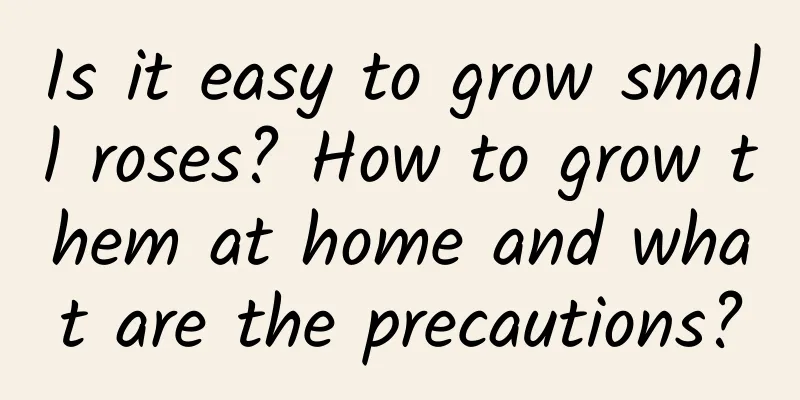High-yield fruit setting technology of loofah

|
Luffa is a crop with good adaptability and considerable planting benefits, so it is widely planted in China. Despite this, many growers still face problems with low yields and suboptimal quality, which directly affect the overall benefits of planting. Let’s learn together the high-yield fruit setting technology of loofah. 1. Thinning male Luffa relies on cross-pollination. Female flowers are usually solitary, and each flower produces one fruit. It takes about 15 days from the appearance of flower buds to the ripening of fruits. The male flowers are continuously blooming racemes that can be up to 30 to 50 cm long. Each inflorescence can produce 20 to 35 single flowers. The number of male flowers usually far exceeds that of female flowers, and their pollination capacity far exceeds that required by female flowers. The flowering period of male flowers can be as long as 30 days or even 50 days. Its life cycle is 3 to 4 times that of the flowering and fruiting time of female flowers, and it consumes a lot of nutrients. By removing excess male flowers in a timely manner, nutrients can be saved and the female flowers can be ensured to bear fruit smoothly. Thinning techniques: Begin removing male flowers when the buds first appear, and it is generally recommended to remove 80%. In the strip planting rows of loofah, remove all male flowers in every other row, and in the remaining rows, only 40% of the male flowers are retained, and the remaining 60% of the male flowers should be removed. 2. Remove beard Tendrils help the loofah to climb and grow. It takes more than 2 months of growth from the beginning of tendril growth to fibrosis, and it takes even longer until the tendril withers, which consumes a lot of nutrients. By manually tying the melon vines and guiding them onto the shelves, the climbing function of the tendrils can be replaced. Artificial binding can also make the distribution of branches and vines on the support more reasonable, which is beneficial to photosynthesis, pollination and fruiting, and disease and insect control. Tips for beard removal: In the early stage of loofah vine cultivation, remove the tendrils while tying them. When the branches extend to the surface of the loofah shed, fix them to the shed by arranging the branches and vines, and remove the tendrils at any time. 3. Close planting and pinching This method is mainly used for greenhouse cultivation and aims to bring the product to market earlier. Select suitable early-maturing varieties, use mulch to cover the soil for cultivation, and plant 2,000 to 2,500 plants per acre. Guide the vines onto the racks in time. When young melons appear on the main vines, pinch off the melons after leaving 3 to 4 leaves above them to promote the growth of new vines and remove side branches. When the new vines produce female flowers and bloom and bear fruit, continue to pinch them using the same method. When the new vines grow to the top of the shed, remove the old leaves at the base in time, roll 70% of the vines back to the ground, and then tie them up to the shelf again. In short, if you want to achieve high yield and fruit setting of loofah, you should pay more attention to the above points. In addition, daily management work should not be ignored, such as water and fertilizer management, disease and pest control, etc.
|
<<: Can potted peonies be placed outdoors in winter? Are they afraid of freezing?
>>: What should I pay attention to during the tomato fruiting period? Do I need to pollinate?
Recommend
Jasmine is long-lived... hurry up and prune it ruthlessly, or the flowers won’t bloom a few days later!
Hurry up and cut the roses now, so they can bloom...
The difference between Mikania micrantha and chamomile
1. Leaf Difference The leaves in the middle of Mi...
Aloe Vera Introduction, Can Aloe Vera Be Eaten?
1. Family Aloe vera is a perennial plant of the A...
You should grow one of these “money flowers” no matter how expensive they are. Don’t wait until you go bankrupt to think about it!
Money tree, I wish you good fortune and prosperit...
Cultivation method of Huayueye succulent
Huayueye is a very beautiful and noble common suc...
Fire Festival Reproduction Method
Beheading breeding Beheading First, cut off the l...
How to deal with the excessive growth of jade plants and the reasons for the excessive growth
1. Pruning and cutting When jade plant grows too ...
How to grow cowpea on the balcony
Seedling cultivation Cowpeas are usually sown dir...
How to water Lithops
1. Master the correct watering method For Lithops...
What to do if the leaves of Cymbidium orchid turn yellow
1. Peripheral water spray The humidity in its gro...
How to grow kumquat on the balcony, what should you pay attention to
1. Sunlight Kumquats must be placed in a place wi...
How to plant Sedum sedum
1. Harvesting seeds The seeds must be harvested b...
Tradescantia pictures
Tradescantia short profile Introduction to Trades...
Apple orchard management plan for March
It is now March, the spring season when all thing...
What fertilizers are needed for Milan fertilization? Milan fertilization method
1. Fertilization time The time to fertilize Milan...









